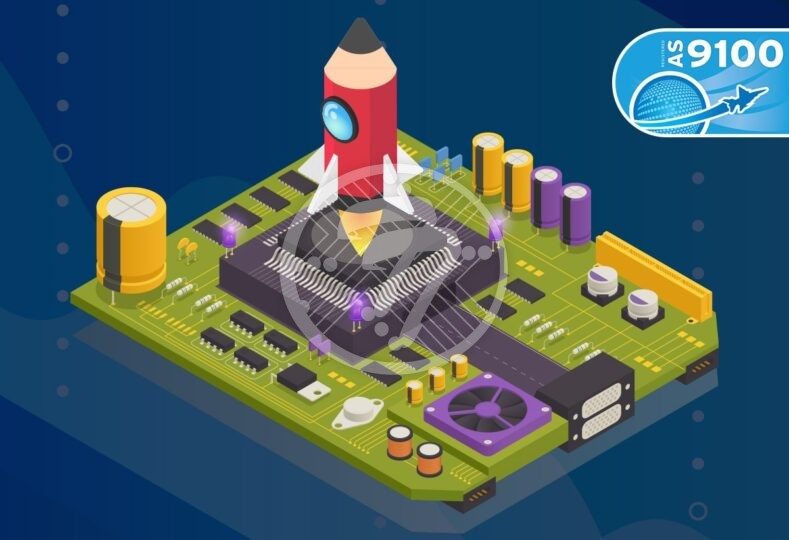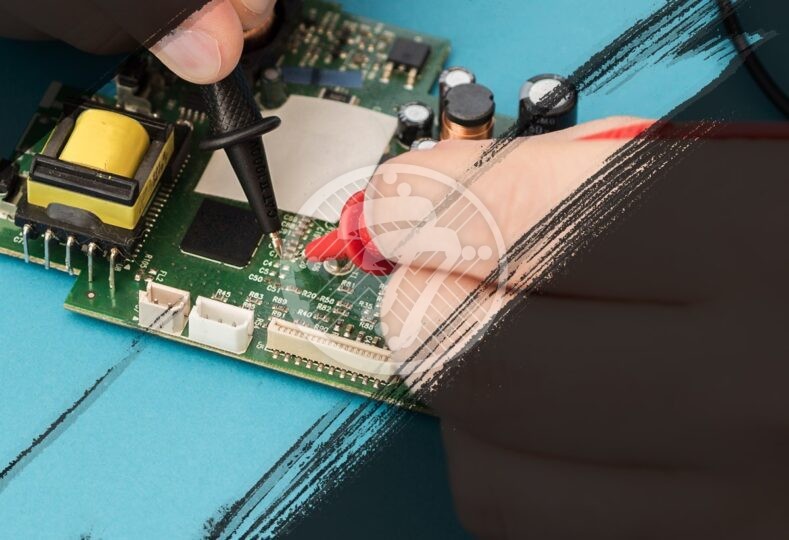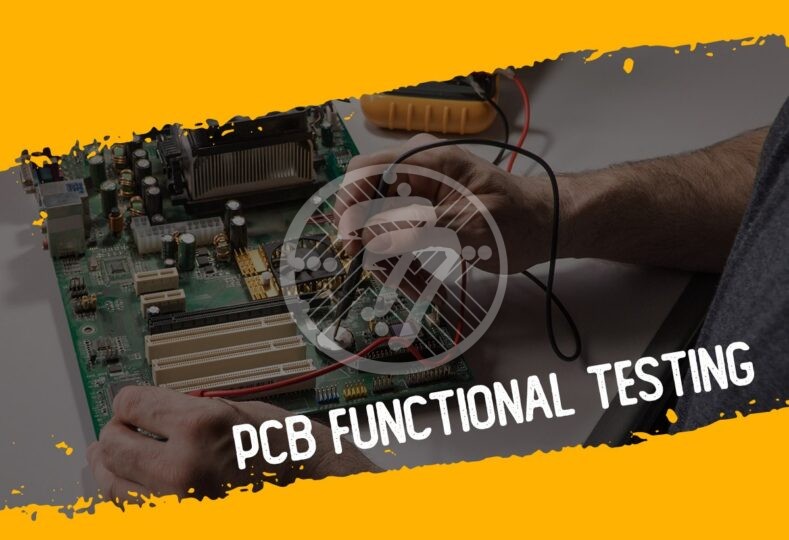How does PCB laser drilling work & what are the advantages of using it?
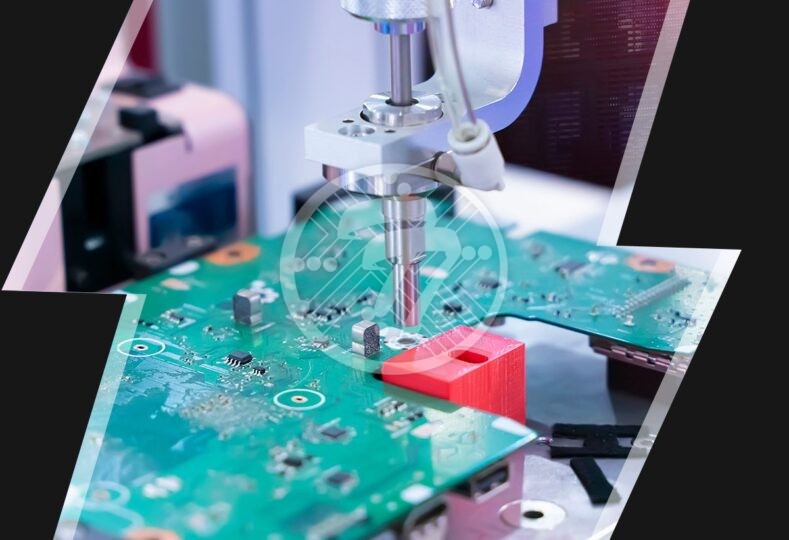
When it comes to establishing connections between different layers of a PCB or placement of components, the advantage of laser drilling cannot be overestimated. Laser drilling ensures accuracy even when you need to drill even small holes. It uses concentrated laser energy for PCB laser drilling a hole as opposed to mechanical drilling.
The growing importance of PCB laser drilling
The importance of laser drilling is increasing on account of the fact that the use of HDI technology for PCB designing necessitates the use of microvias. These microvias being small in size require extremely precise and controlled depth drilling. This level of precision is made possible with the use of lasers. The use of mechanical drilling isn’t possible in such cases on account of the following:
- Mechanical drilling causes drill vibration.
- It isn’t suitable for drilling holes that are less than 6 mil in diameter.
- Mechanical drilling does not lend itself to precisely controlled depth drilling.
- Mechanical drilling is also both expensive as well as a time-consuming process.
- Mechanical drilling is an expensive, time-consuming process. In a milieu where quick go-to-market is an essential requirement, this does not bode too well.
- Since mechanical drilling involves hand selection of proper tools, the process can be replete with manual errors. This can lead to costly restarts impacting the overall project cost and timelines.
Laser drilling, on the other hand, can drill holes as small as 2.5 to 3 mil vias on a thin glass reinforcement. Where there isn’t a reinforced dielectric, it is possible to drill 1-mil vias as well.
Advantages of PCB Laser Drilling
If one was to look at the major advantages of laser drilling, therefore, they include:
- No drilling vibration – Since laser drilling is a non-contact process, it does not lead to any drilling vibration. There is also no damage induced to the material.
- Accuracy – The big advantage with laser drilling is that it is possible to control the beam intensity, heat output as well as the duration of the laser beam. That it means precision and accuracy in the kind of holes, is a given!
- High Aspect Ratio – With laser drilling, it is possible to offer a high aspect ratio. A typical microvia is known to have an aspect ratio of 0.75:1.
- Multi-Tasking – It is also possible to use laser machines for processes such as welding and cutting.
Different Types of laser drilling
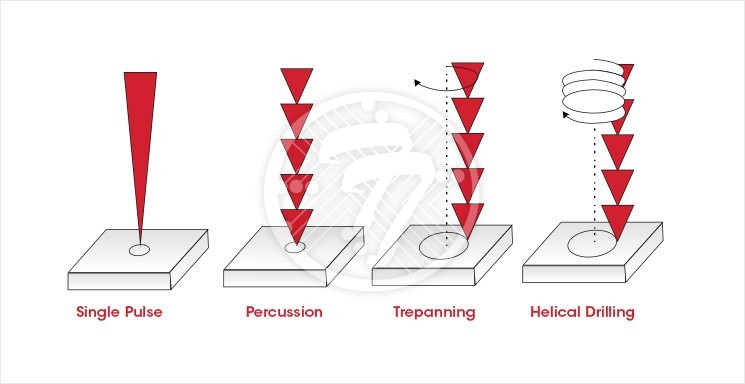
Laser drilling is possible in several types: important among those being:
Single pulse/Shot laser drilling
This kind of drilling is one where both the source of laser as well as the work material is kept static and where a single shot of laser beam is fired.
Percussion laser drilling
In this method, a series of laser pulses are shot. It works well in creating deeper and smaller holes.
Trepanning
In this process, a laser beam is guided around a predefined locus. It is particularly helpful where the diameter of the required via is larger than the diameter of the laser beam.
Helical laser drilling
In this method, the laser beam follows a helical path while rotating on its own axis.
Although laser drilling comes with a wide variety of advantages as detailed earlier, there are also some considerations that need to be kept in mind when using it.
Consideration for PCB Laser Drilling
Non-homogeneity of the stack-up
It is important to remember that different materials tend to absorb energies at different rates. It is, therefore, important that the PCB stack-up is kept homogenous as far as possible. With PCB materials that have varying optical and thermal properties, the reaction of the laser beams is also different. In turn, this leads to inaccurate drilling.
The thickness of copper
As a thumb rule, the thickness of the target copper layer should be twice the thickness of the top copper layer.
To Sum Up
As long as aspects such as the above are taken care of, laser drilling is indeed the best choice in creating microvias. With the increase of miniaturization as well as high density of wiring and components, the use of laser-drilled microvias is only slated to increase.
Technotronix is one of the leading PCB manufacturers based in the USA. We have adopted advanced methods and technologies, which can give you the finest PCB manufacturing services. We are adhering to strict high-quality standards and compliant with the RoHS (Restrictions of Hazardous Substance) directives. In case you have any questions, please feel free to contact us via email at sales@technotronix.us or call us on 714/630-9200.







